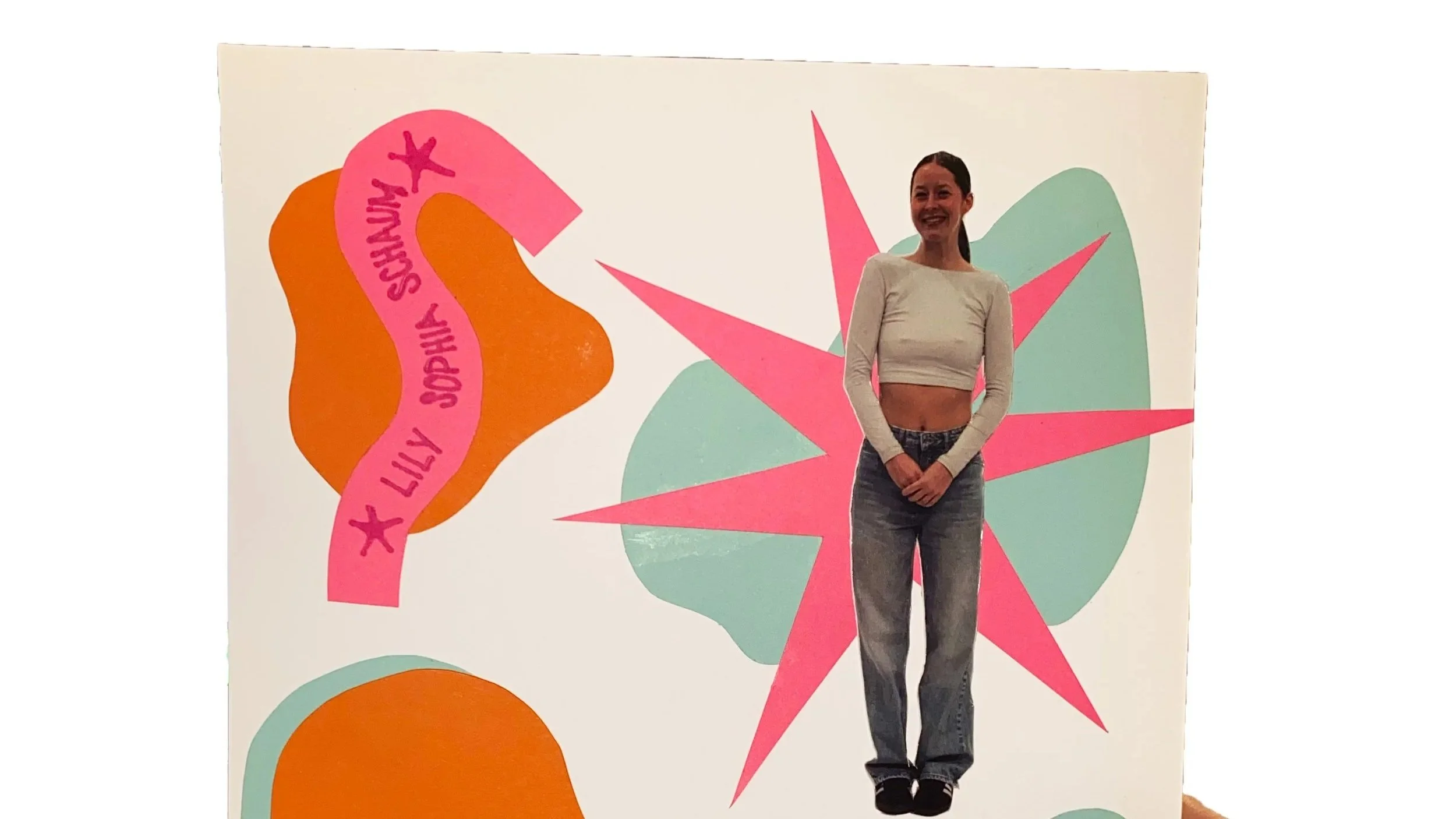
Hey, It’s Okay
A zine grappling with the human condition through self reflection
Hey, It’s Okay is a multimedia experimental zine capturing my passion for creating things by hand and publication design, created as my capstone project.
capstone project
Going into my capstone project, I knew I wanted to focus on publication design. The semester previous, I was studying abroad in Rome and I found that it was a niche I really enjoyed. My experience there and transitioning back to being in the states, I rediscovered why I love graphic design in the first place. I love to have physical tokens of memories and when I was a kid I would make them for other people. Creating with my hands is what originally made me pursue design, so if I could incorporate physical creation into this project I knew I would enjoy the process.
I initially was unsure of what to make of these realizations–– I could have gone any direction. Thinking into the future and knowing that I wanted to pursue a career in publication design, specifically involving books and magazines, I quickly came to the conclusion that I could make a zine. It was overwhelming at first how broad the category of “zine” is, but I came to appreciate that it provided more room for experimentation.
purpose & goal.
purpose & goal.
Hey, It’s Okay serves as both a personal reflection and a universal message—an homage to the human experience, growth, and appreciation for the present moment. At its core, the project is a physical manifestation of my inner thoughts and experiences as a way of inviting others to pause, reflect, and recognize that they are exactly where they are meant to be.
The zine combines text and visuals across multiple mediums to create a tactile, narrative-driven publication. Its goals are threefold: to foster connection through shared human experiences, to encourage belief in something greater than oneself, and to promote personal growth through self-reflection and gratitude. While deeply intimate in origin, the work carries a universal resonance, offering viewers comfort and inspiration in their own journeys.
On a personal level, the project functions as both a creative outlet and a form of healing. Giving physical form to memories and emotions provides space to process mental health, release negativity, and celebrate moments of gratitude. It also reflects my growing passion for print and publication design where I came to love composing text and visuals into meaningful, systematized layouts. Ultimately, Hey, It’s Okay embodies the belief that storytelling through design can be both personally restorative and collectively connective.

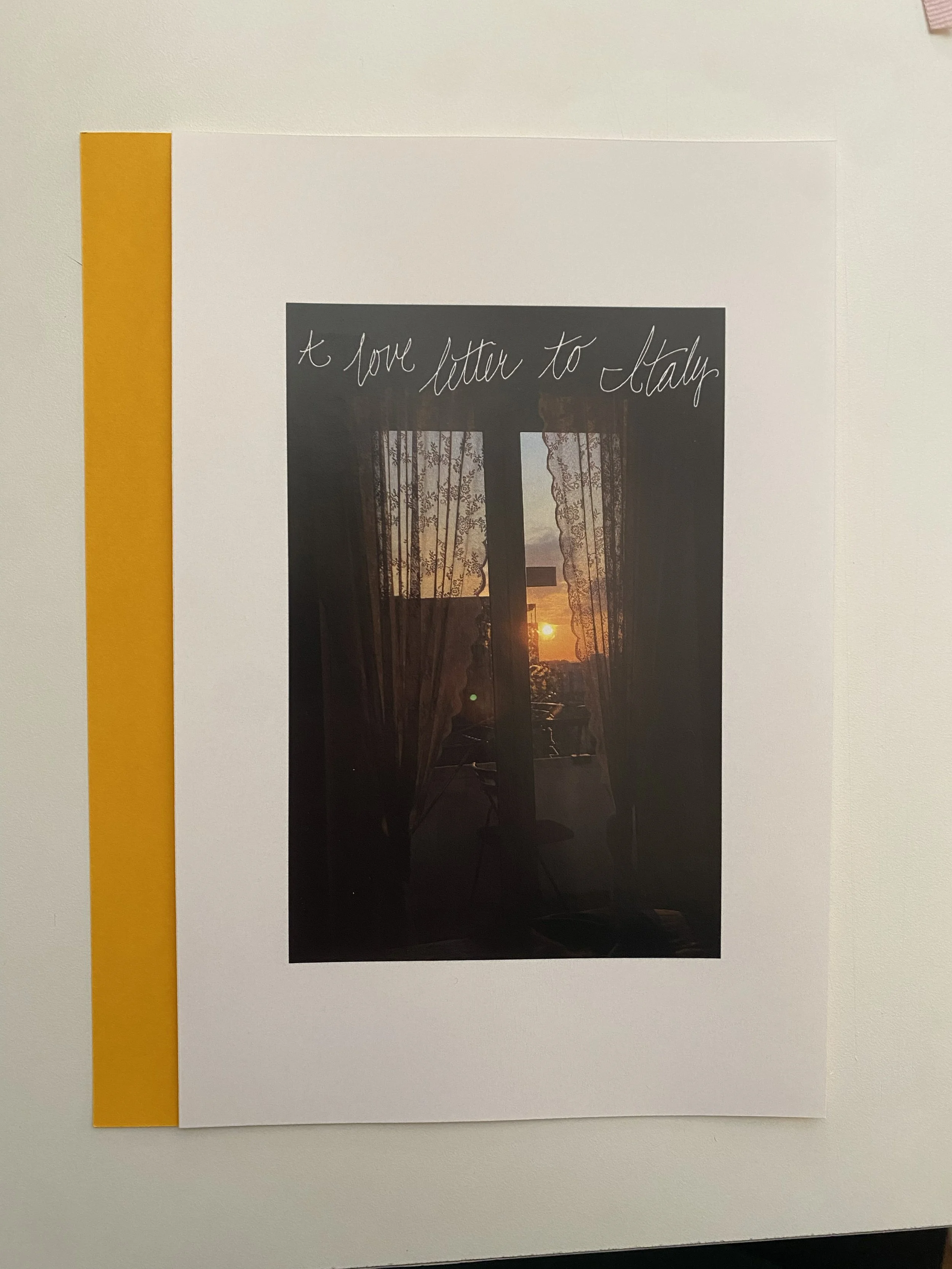
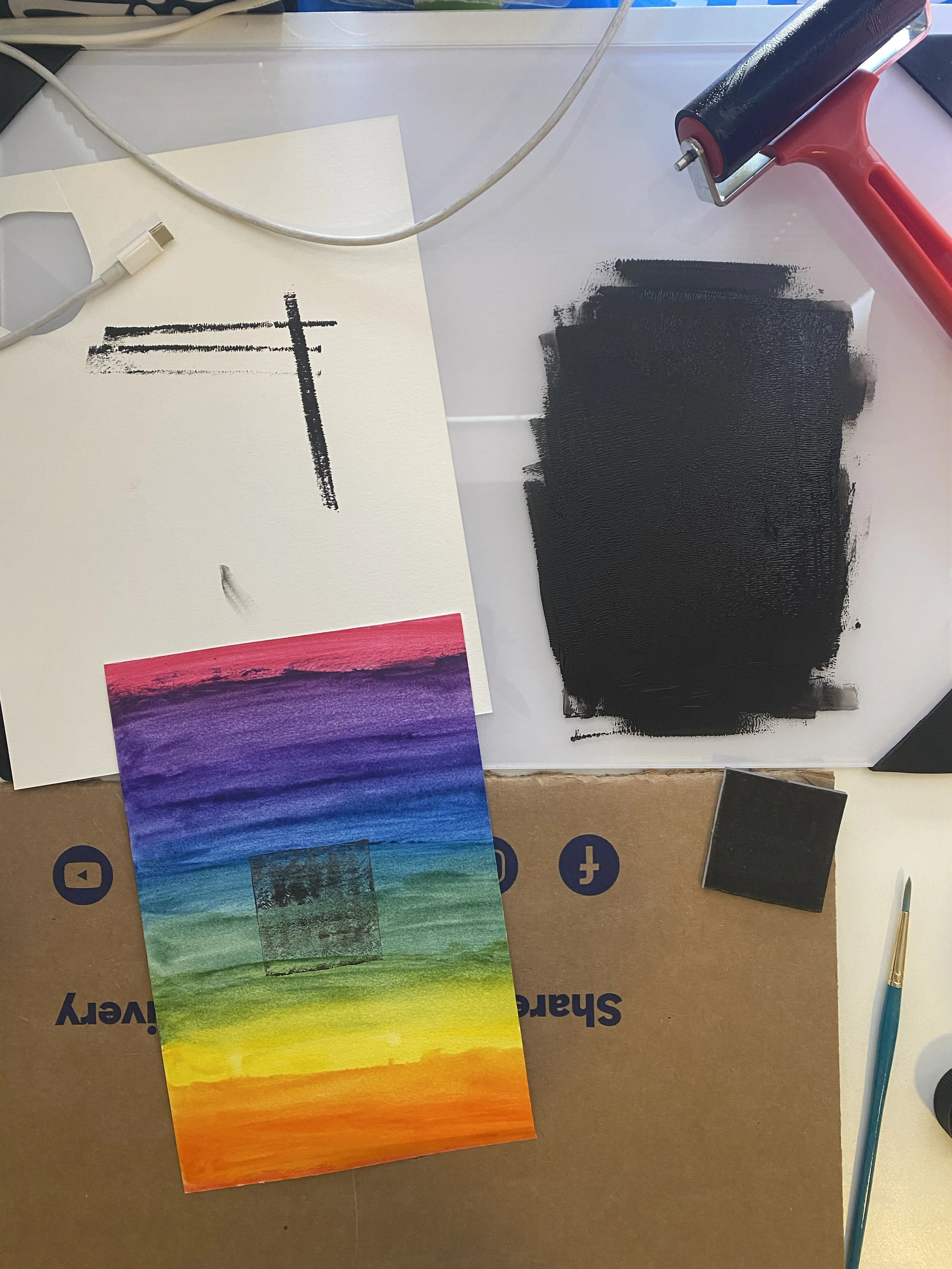
Process.
Process.








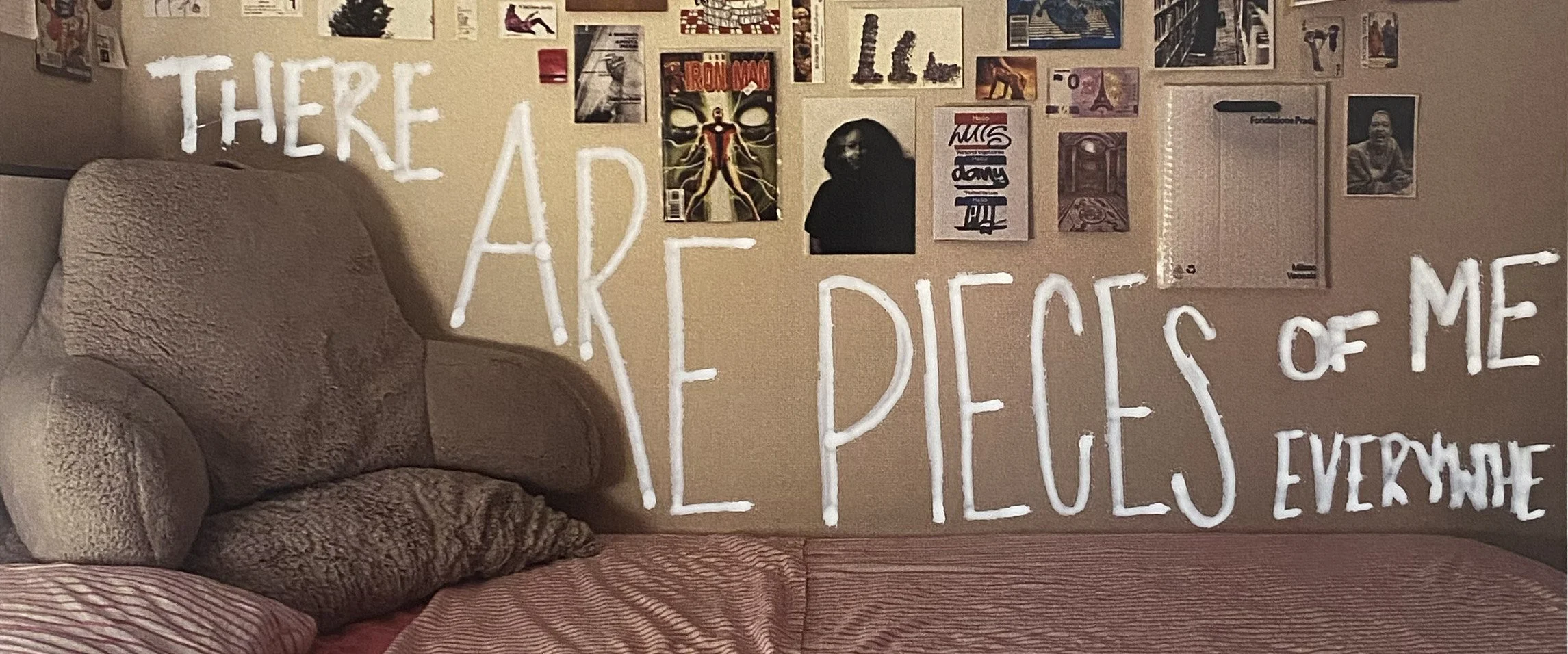
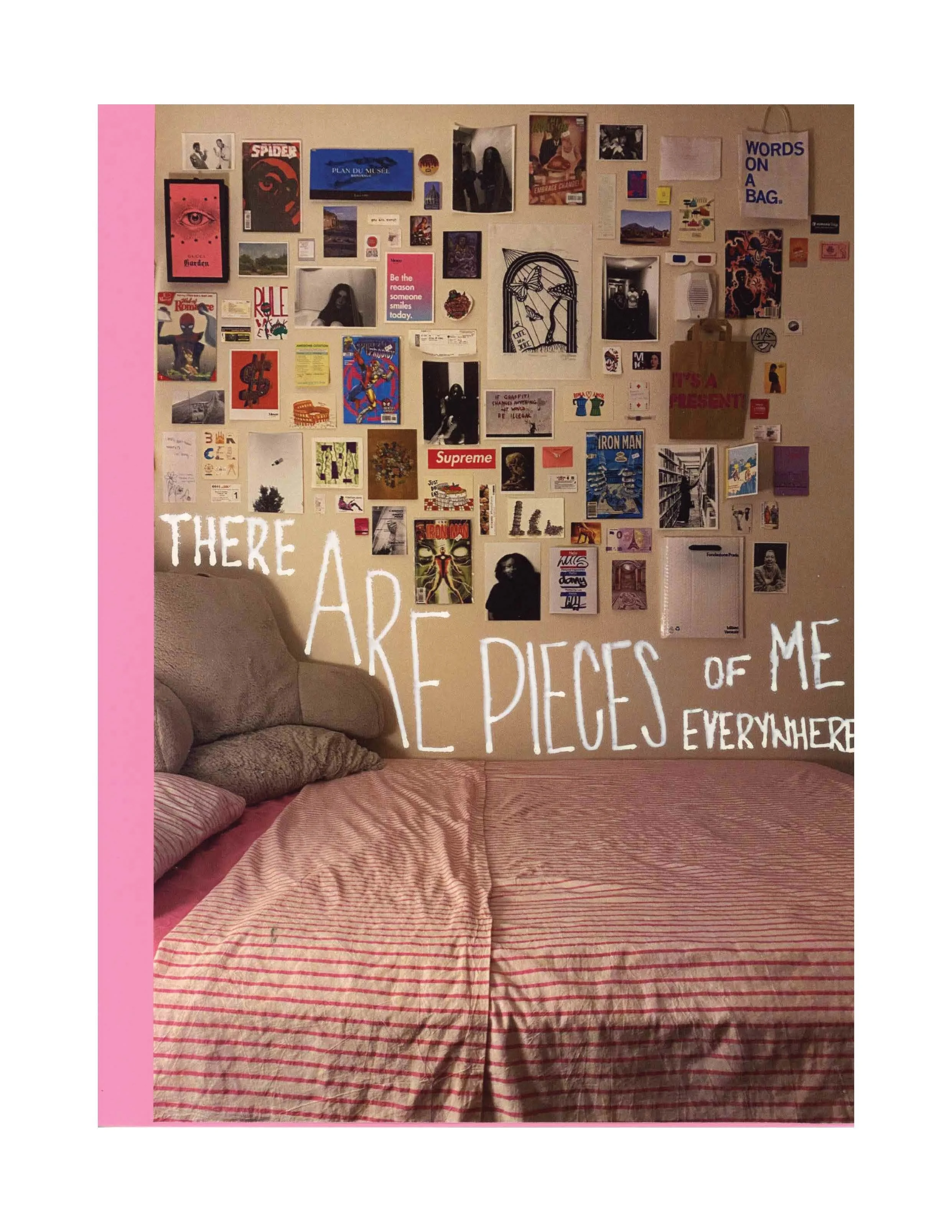
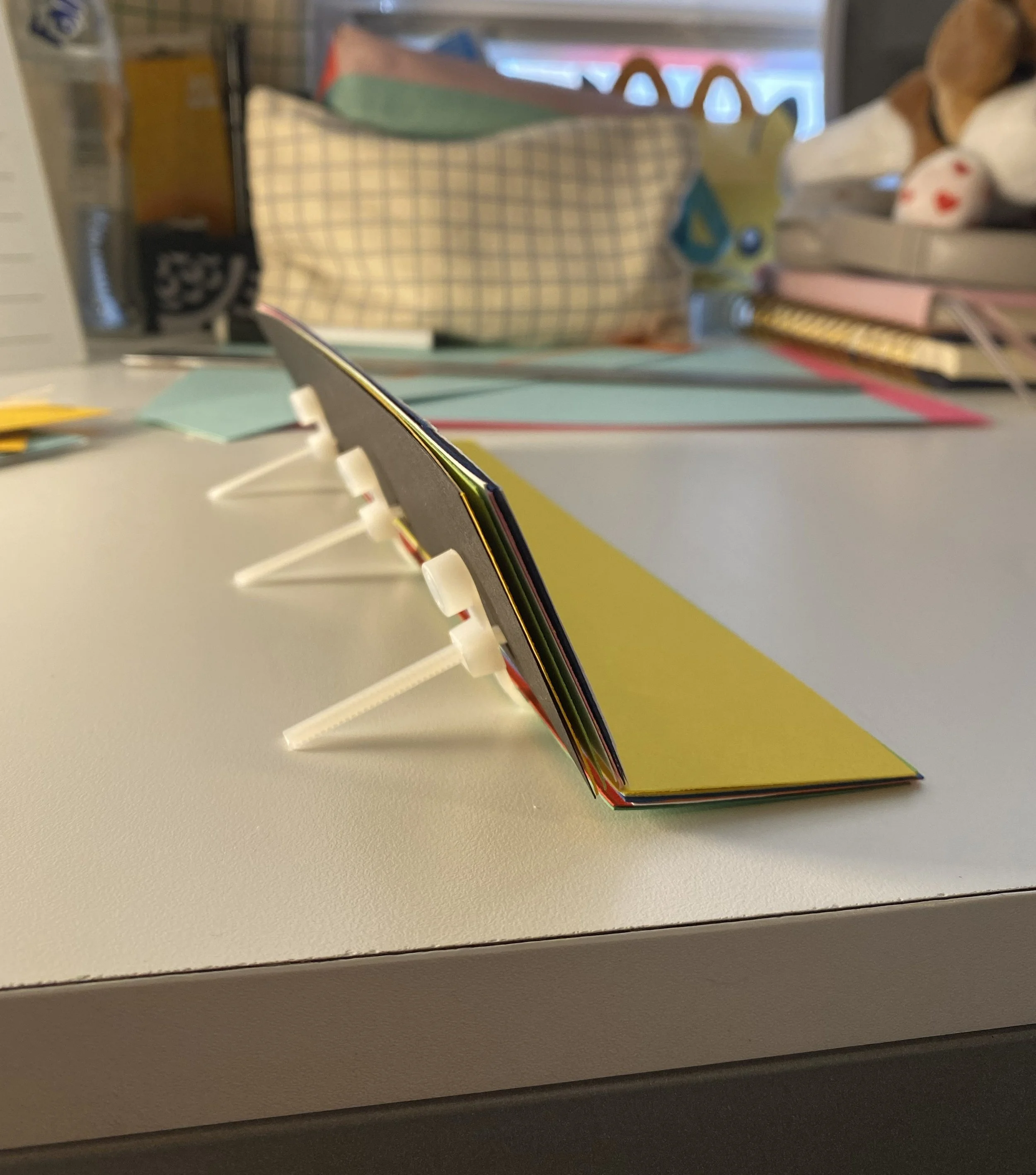
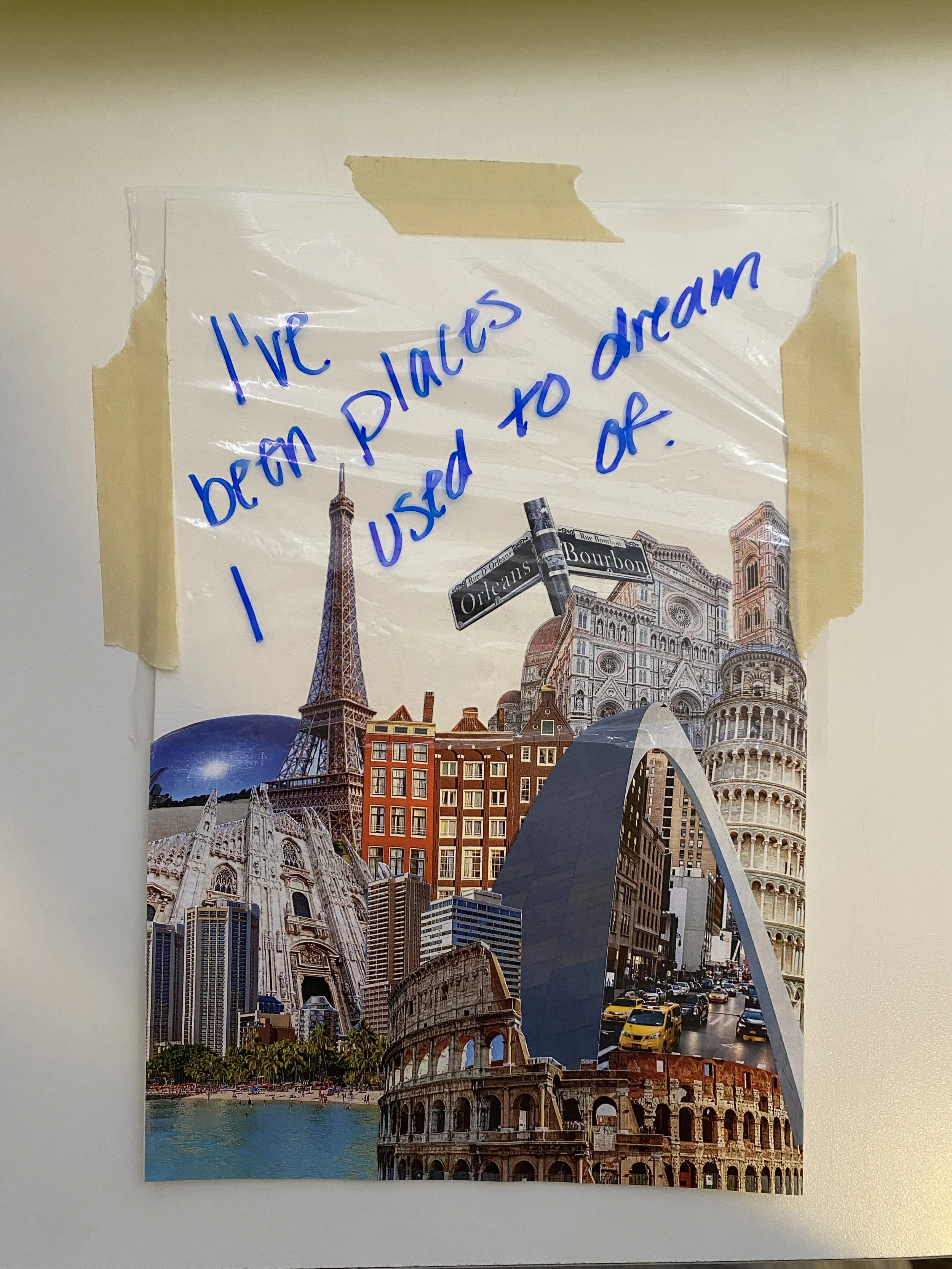
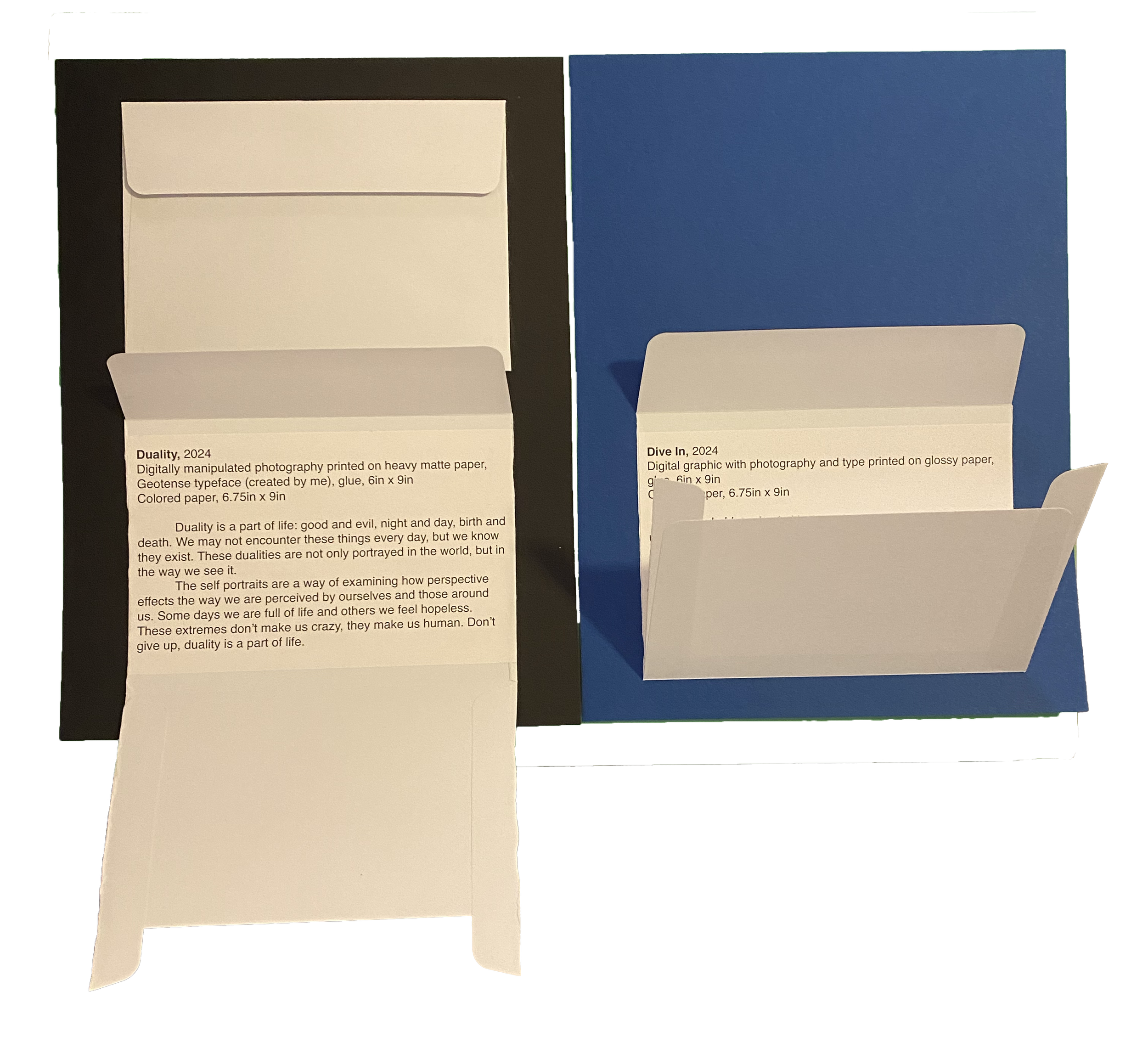

Verso composition & system
To reinforce the narrative of coping with the human experience, I developed a system for the verso pages that functions almost like a museum guide. Each verso contains a label housed within a cut envelope at the bottom of the page. The sides of these envelopes are sliced so the flap folds open naturally, creating the feeling of discovery without requiring physical interaction. These labels provide cohesion and context, offering background information that frames each composition as its own standalone work.
In addition, some pages include corresponding handwritten journal entries placed in intact envelopes at the top of the verso. Unlike the cut labels, these envelopes must be opened and the entries physically pulled out. This intentional interaction creates a moment of intimacy with the reader, inviting them into my world and allowing them to engage with the zine on both a tactile and emotional level. By weaving together labels and journal entries, the verso system deepens the themes of reflection, growth, and shared experience that ground the publication.


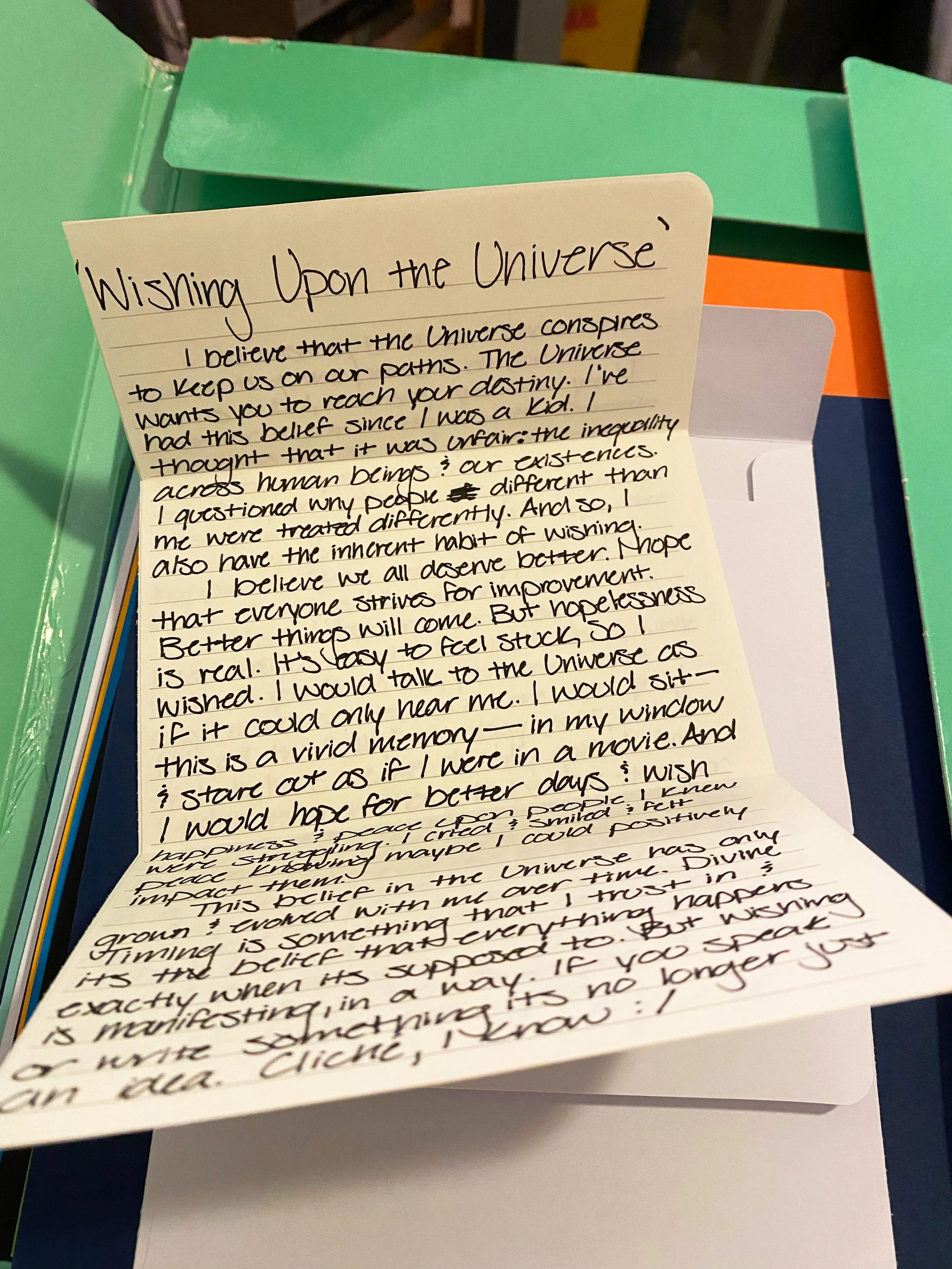

complete digital zine
This is the complete 16 front and back pages of Hey, It’s Okay: A zine grappling with the human condition through self reflection.
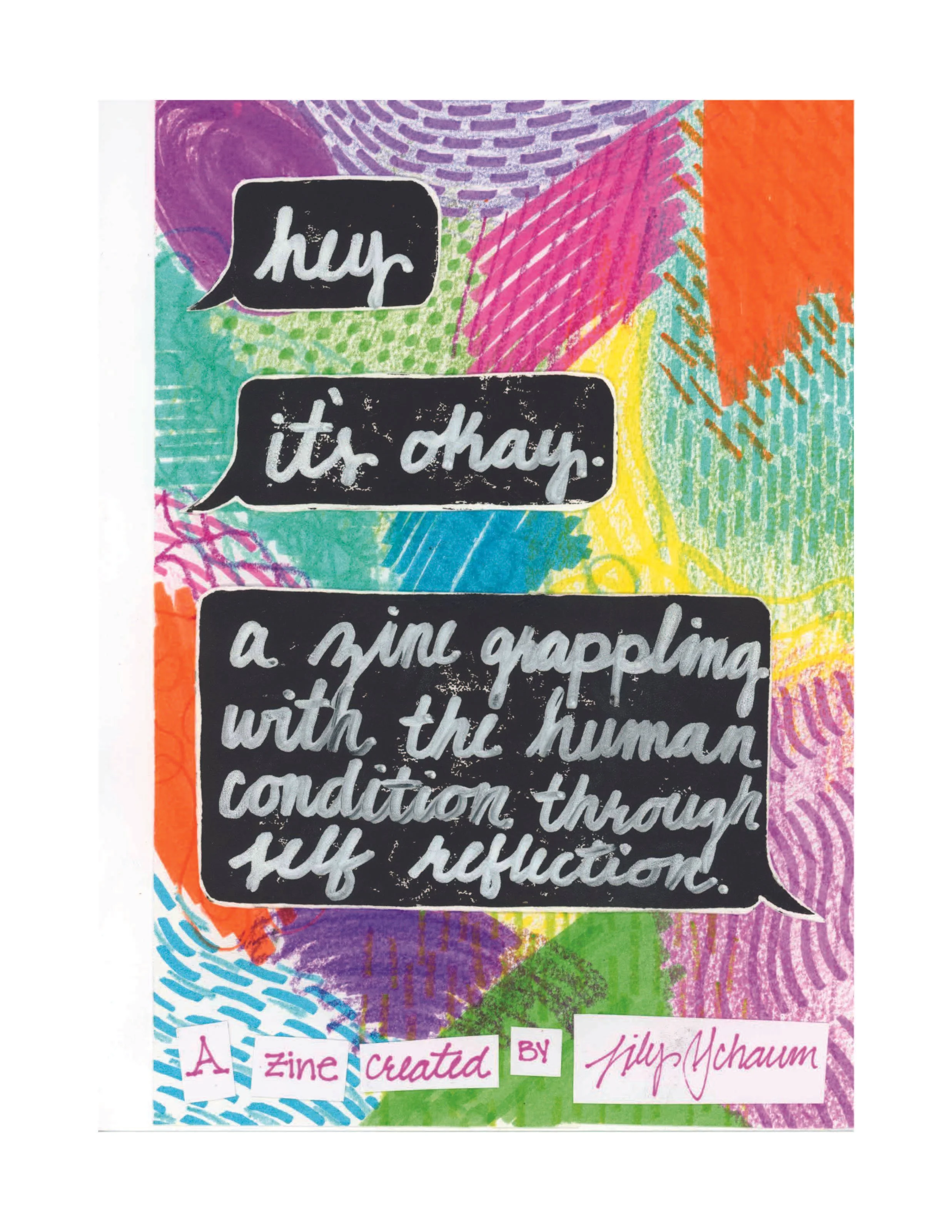

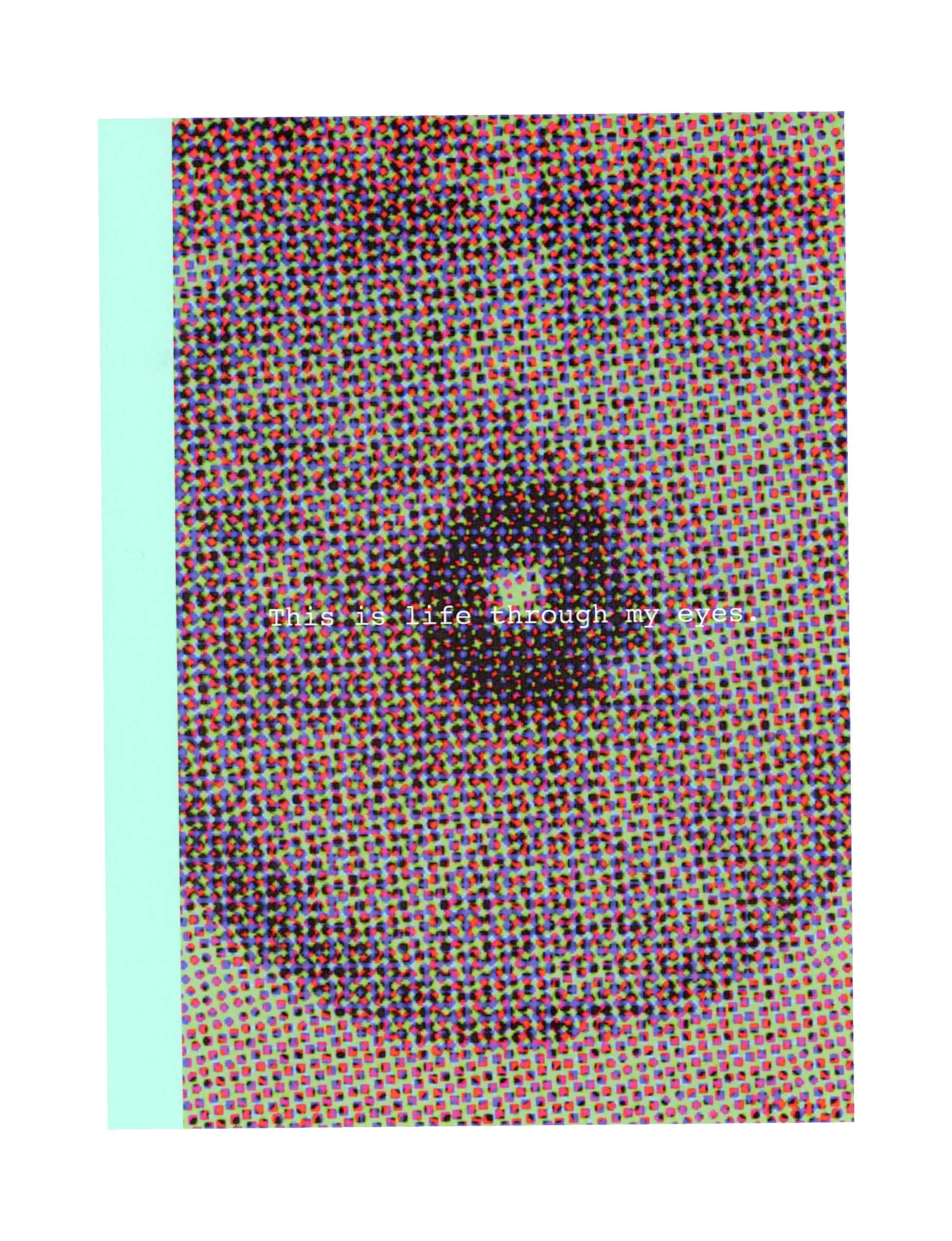




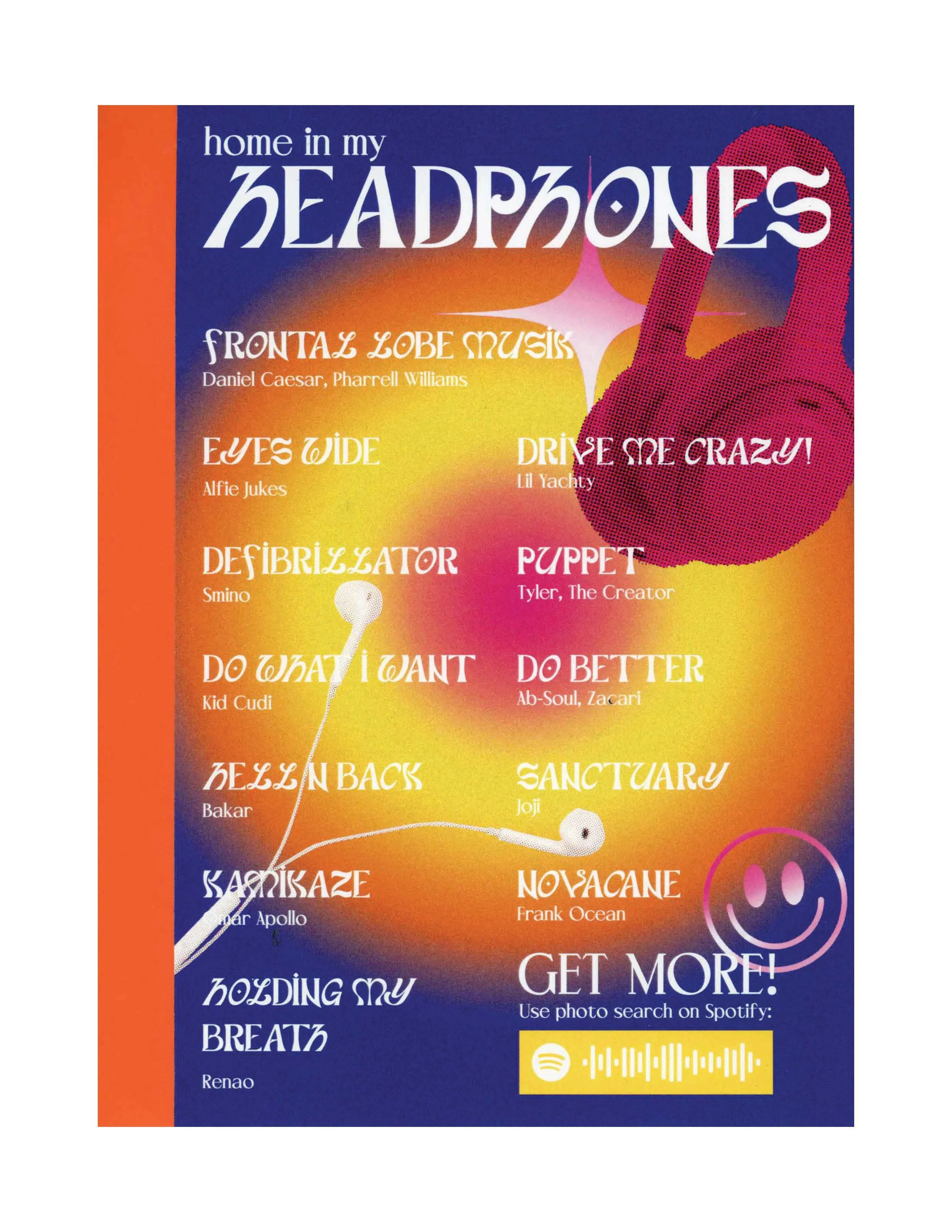


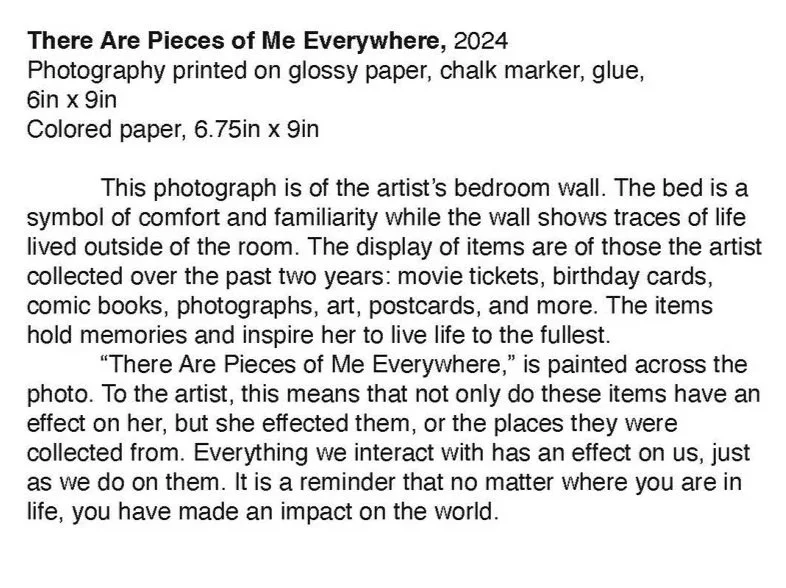


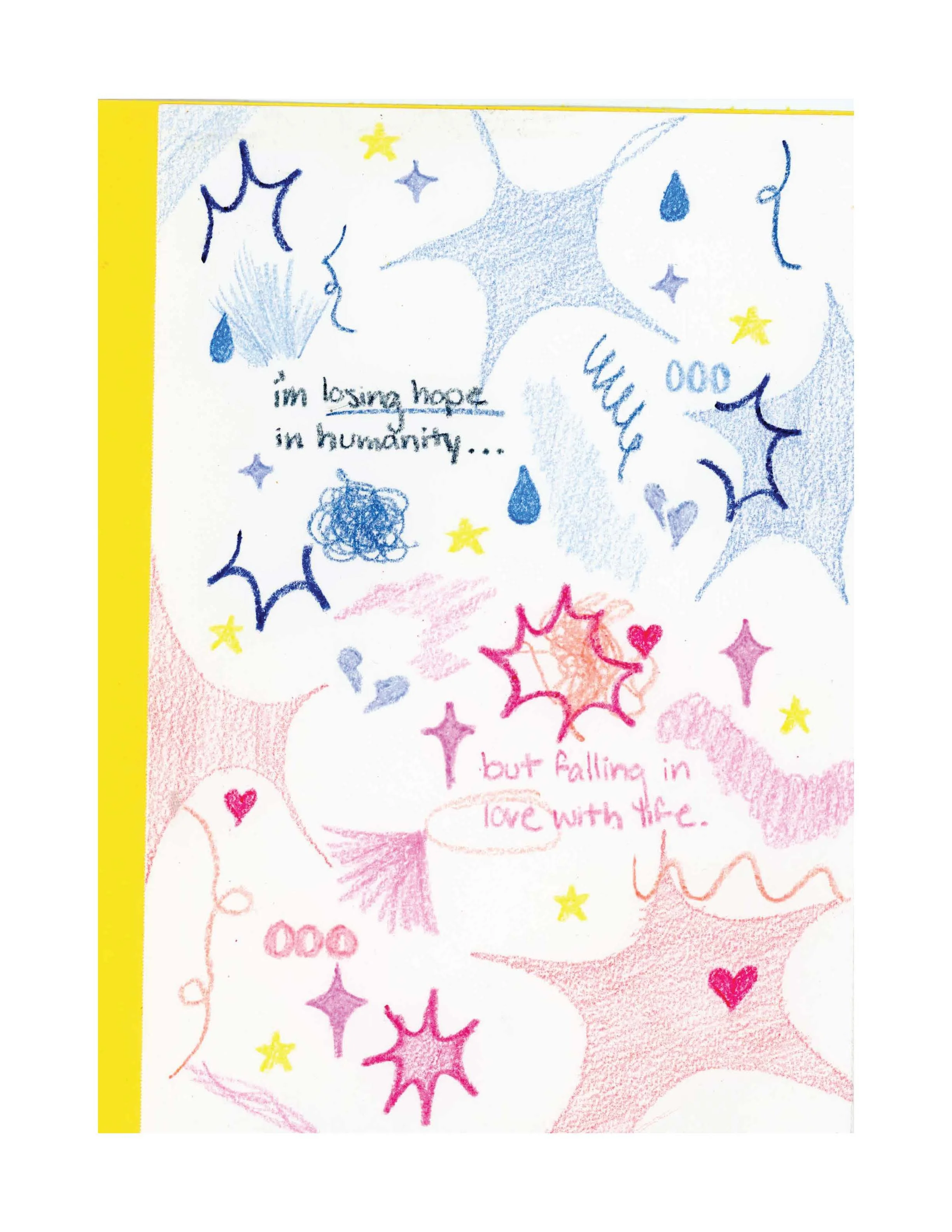







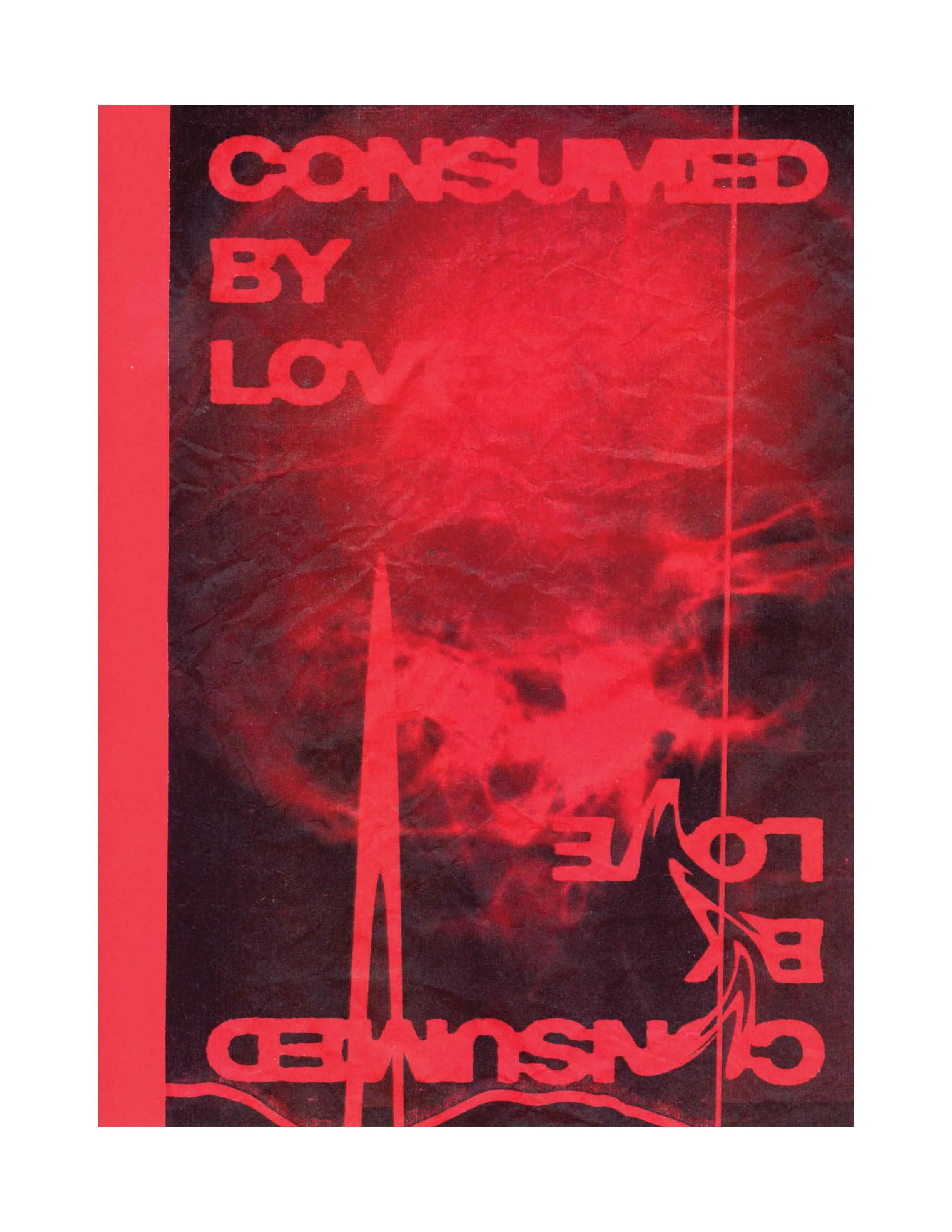
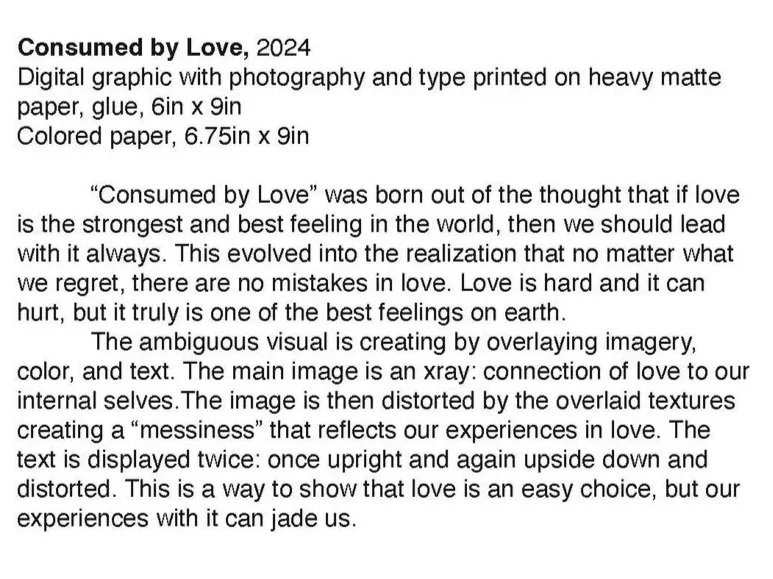



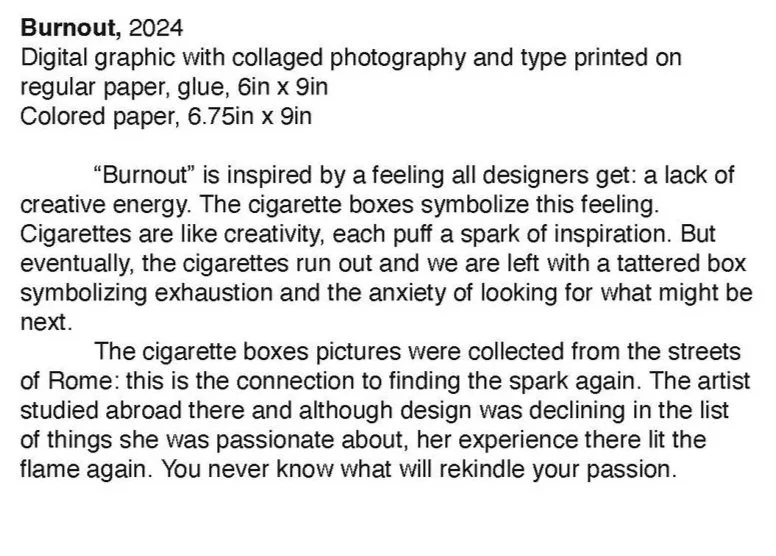
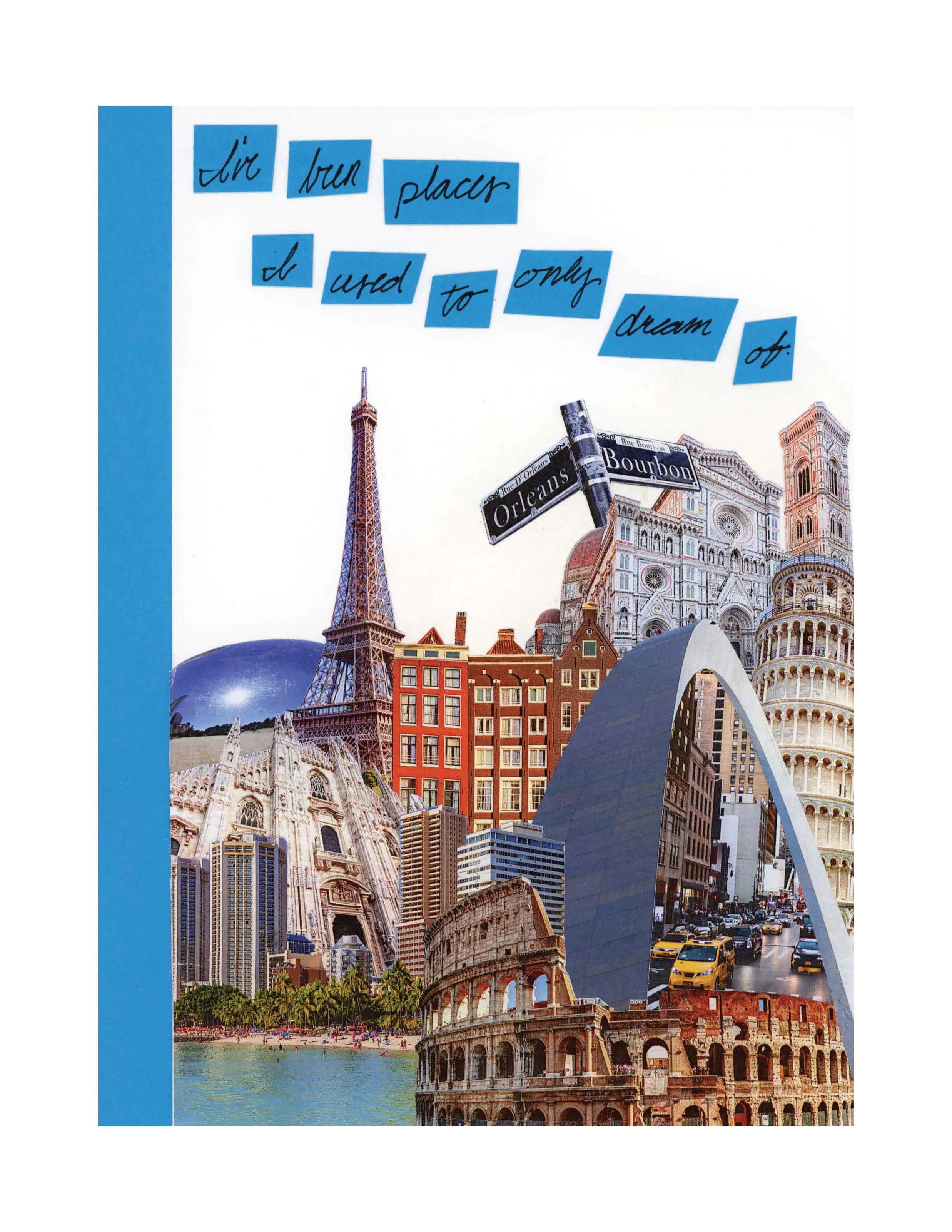

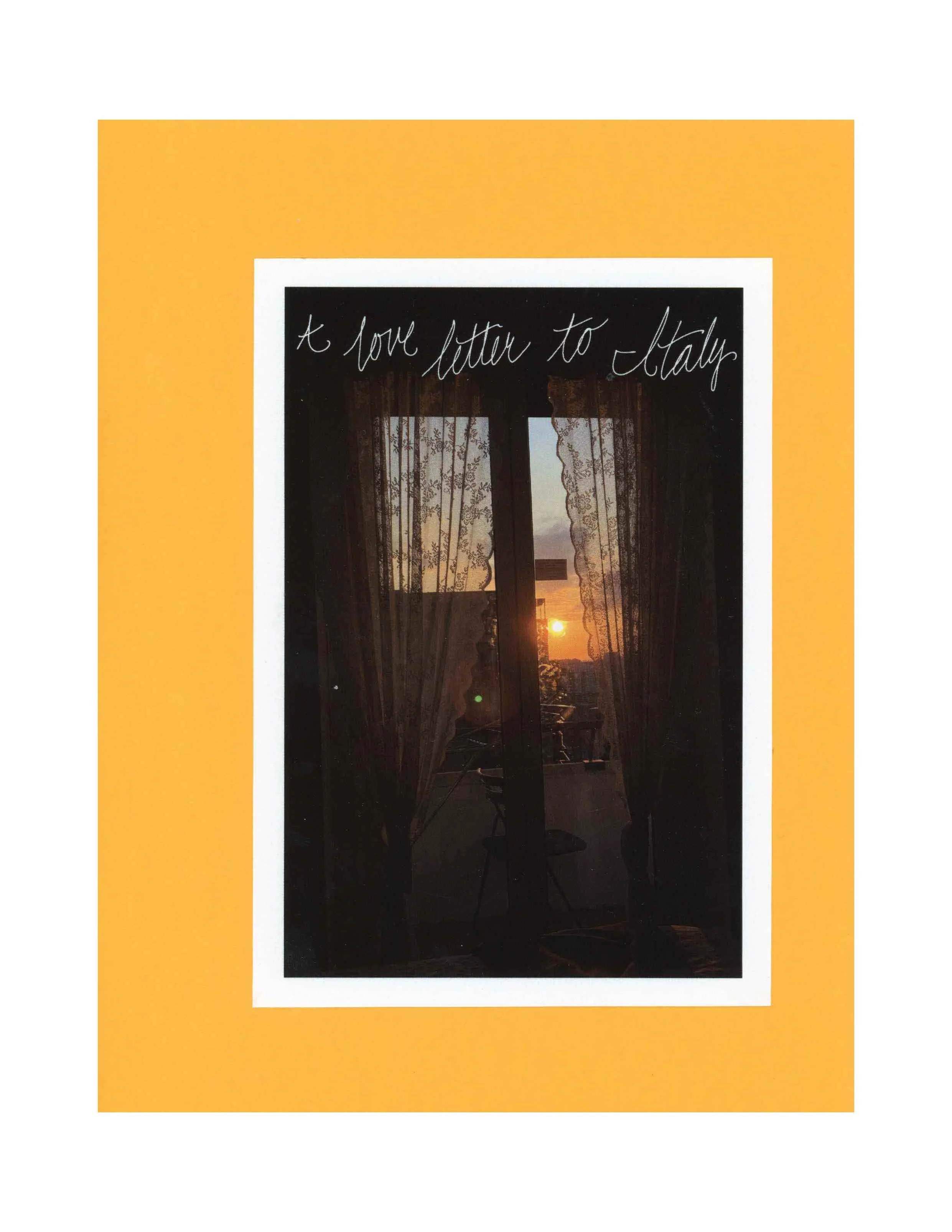


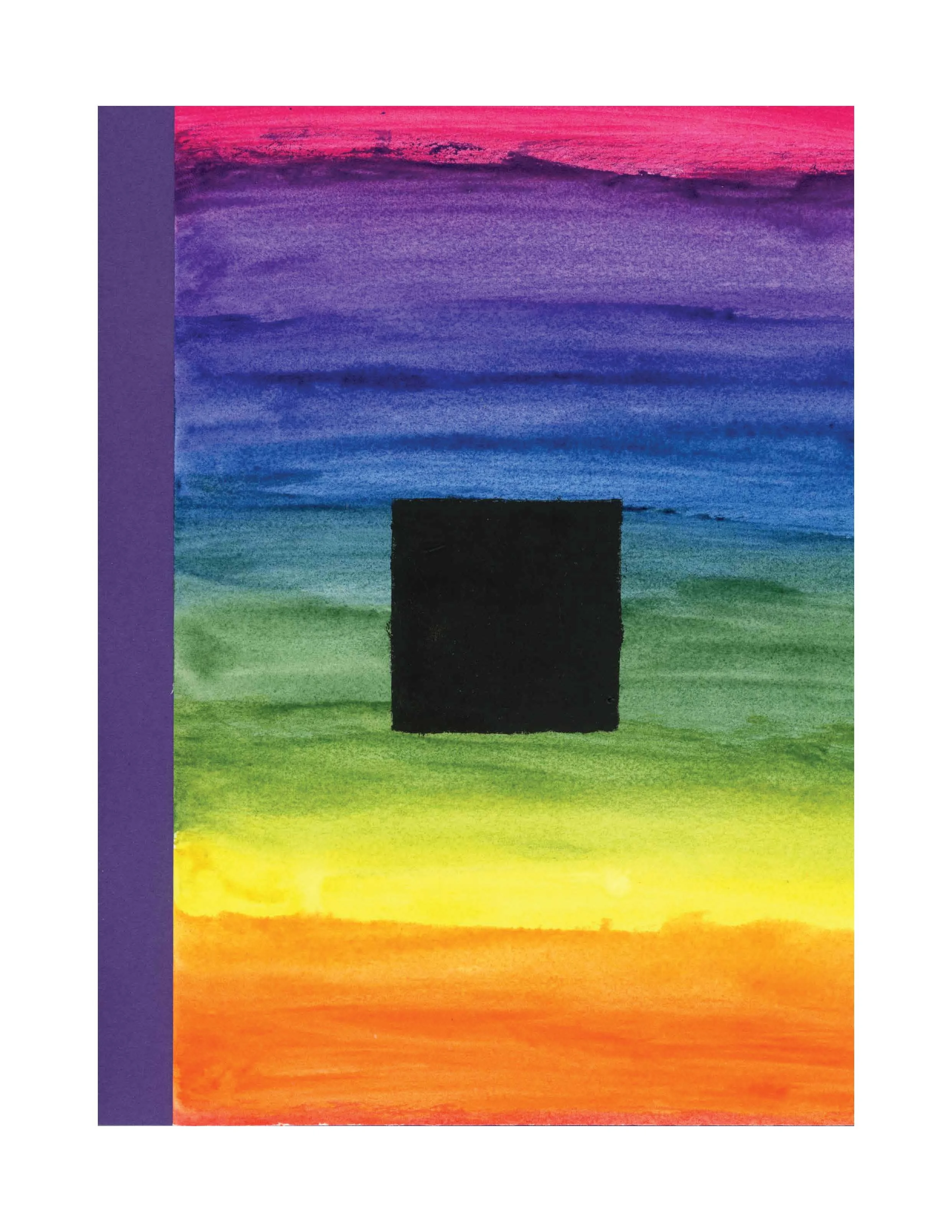


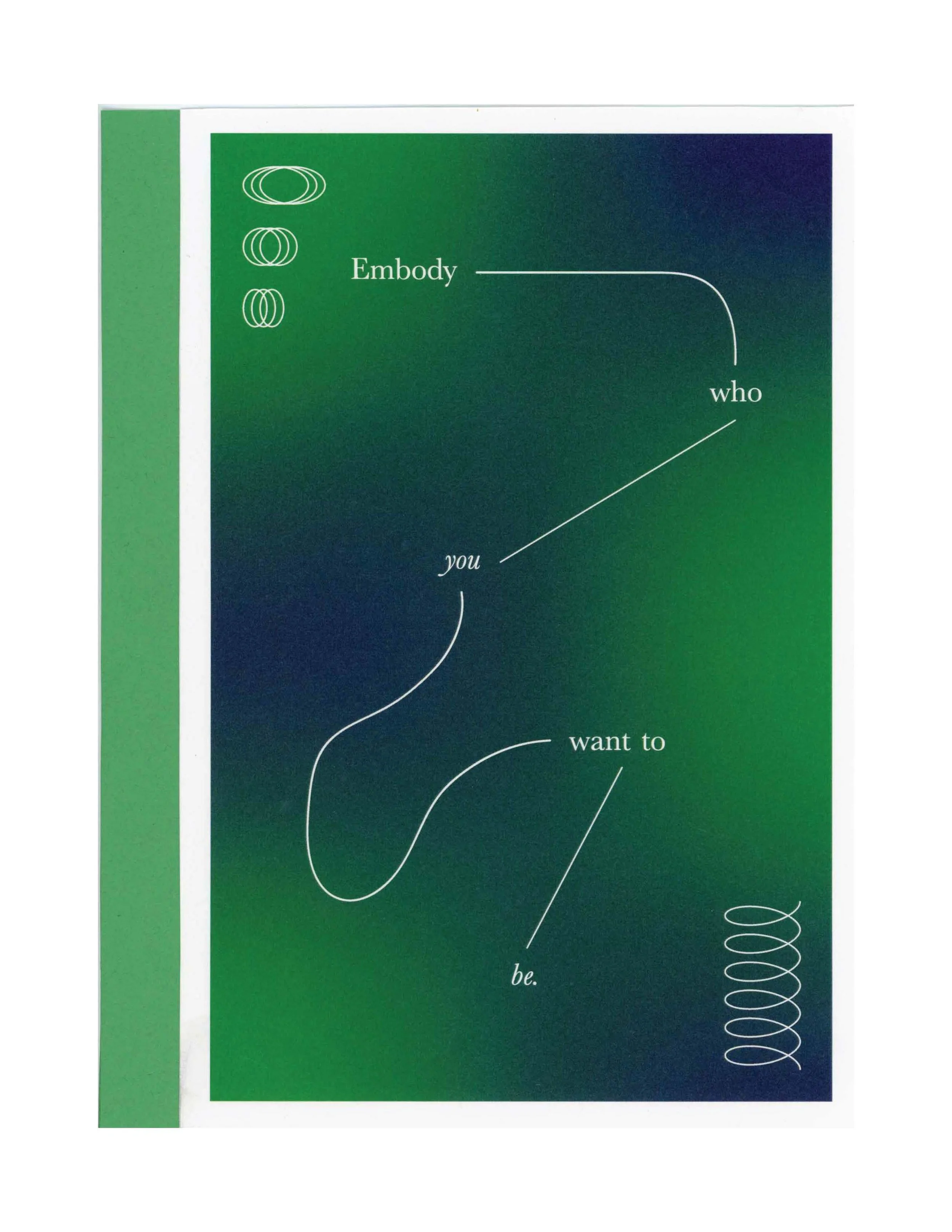


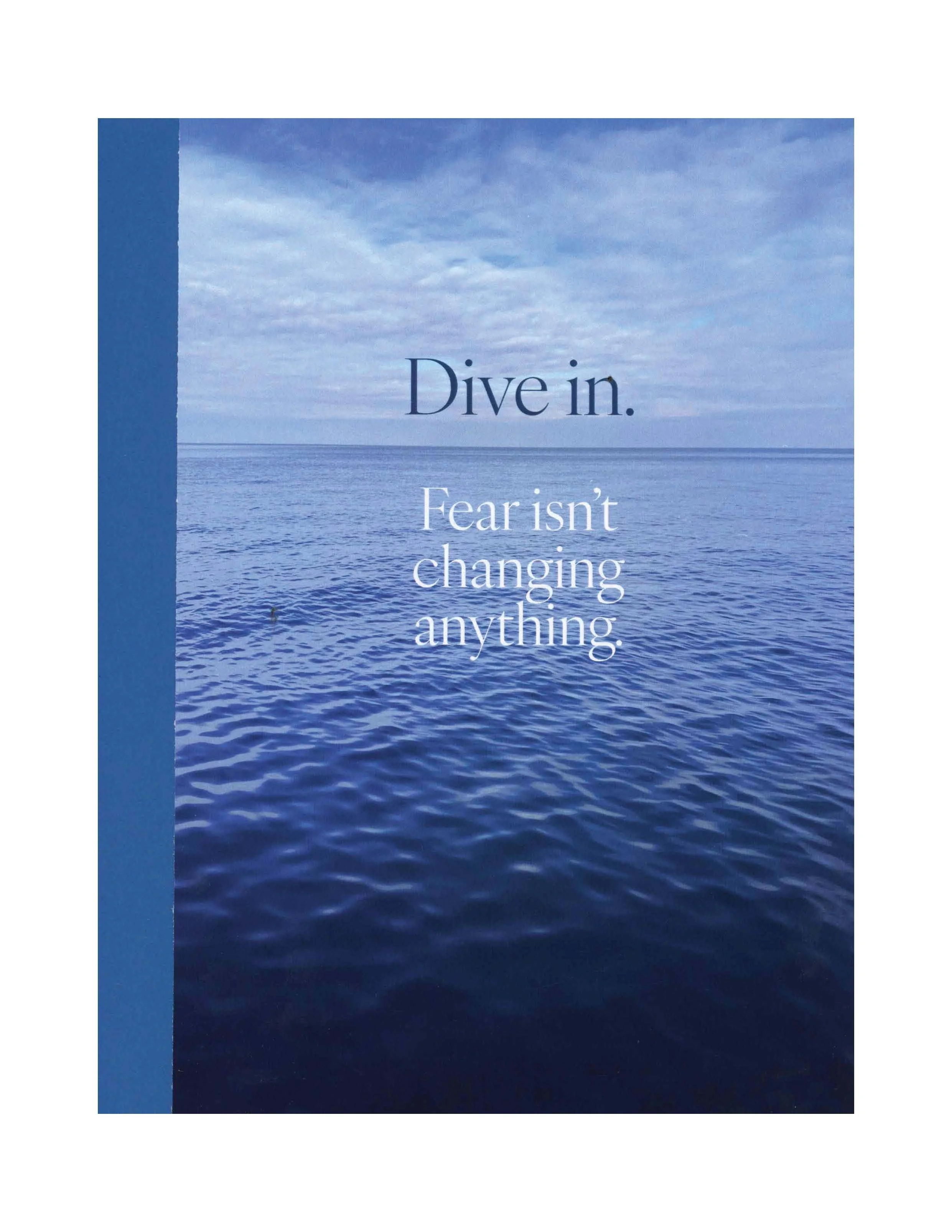







Reflection.
Reflection.
Creating Hey, It’s Okay was both a personal and professional turning point for me. On one hand, it was an experimental publication where I explored how text, imagery, and mixed media could work together to tell a nonlinear story. On the other, it was a deeply personal practice of self-reflection—honoring past experiences, acknowledging struggles, and celebrating growth. Designing the zine reminded me of the importance of being present and finding meaning in each stage of life, even the challenging ones.
The project also strengthened my love for publication and print design. Sequencing pages, experimenting with structure, and developing a tactile system for labels and journal entries taught me how design decisions can shape the way an audience experiences content. Most importantly, the zine reaffirmed my belief that design can serve as a bridge between the personal and the universal—allowing individual stories to create connection, comfort, and shared understanding.

